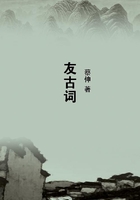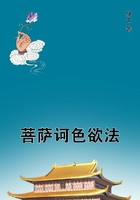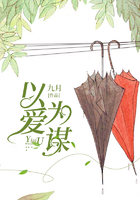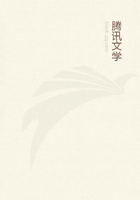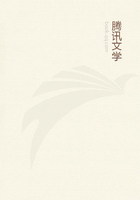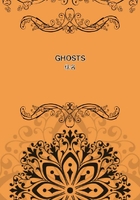THE TURNOVER OF CAPITAL
FIXED CAPITAL AND CIRCULATING CAPITAL I. DISTINCTIONS OF FORMWe have seen (Buch I, Kap. VI) [English edition: Ch. VIII. -- Ed .]
that, in relation to the products toward the creation of which it contributes, a portion of the constant capital retains that definite use-form in which it enters into the process of production. Hence it performs the same functions for a longer or shorter period, in ever repeated labour-processes. This applies for instance to industrial buildings, machinery, etc. -- in short to all things which we comprise under the name of instruments of labour .
This part of constant capital yields up value to the product in proportion as it loses its own exchange-value together with its own use-value. This delivery of value, or this transition of the value of such a means of production to the product which it helps to create is determined by a calculation of averages. It is measured by the average duration of its function, from the moment that the means of production enters into the process of production to the moment that it is completely spent, dead and gone, and must be replaced by a new sample of the same kind, or reproduced.
This, then, is the peculiarity of this part of constant capital, of the labour instruments proper:
A part of capital has been advanced in the form of constant capital, i.e., of means of production, which function as factors of the labour-process so long as they retain the independent use-form in which they enter this process. The finished product, and therefore also the creators of the product, so far as they have been transformed into product, is thrust out of the process of production and passes as a commodity from the sphere of production to the sphere of circulation. But the instruments of labour never leave the sphere of production, once they have entered it. Their function holds them there. A portion of the advanced capital-value becomes fixed in this form determined by the function of the instruments of labour in the process. In the performance of this function, and thus by the wear and tear of the instruments of labour, a part of their value passes on to the product, while the other remains fixed in the instruments of labour and thus in the process of production. The value fixed in this way decreases steadily, until the instrument of labour is worn out, its value having been distributed during a shorter or longer period over a mass of products originating from a series of constantly repeated labour-processes. But so long as they are still effective as instruments of labour and need not yet be replaced by new ones of the same kind, a certain amount of constant capital-value remains fixed in them, while the other part of the value originally fixed in them is transferred to the product and therefore circulates as a component part of the commodity-supply. The longer an instrument lasts, the slower it wears out, the longer will its constant capital-value remains fixed in this use-form. But whatever may be its durability, the proportion in which it yields value is always inverse to the entire time it functions.
If of two machines of equal value one wears out in five years and the other in ten, then the first yields twice as much value in the same time as the second.
This portion of the capital-value fixed in the instrument of labour circulates as well as any other. We have seen in general that all capital-value is constantly in circulation, and that in this sense all capital is circulating capital. But the circulation of the portion of capital which we are now studying is peculiar. In the first place it does not circulate in its use-form, but it is merely its value that circulates, and this takes place gradually, piecemeal, in proportion as it passes from it to the product, which circulates as a commodity. During the entire period of its functioning, a part of its value always remain fixed in it, independently of the commodities which it helps to produce. It is this peculiarity which gives to this portion of constant capital the form of fixed capital . All the other material parts of capital advanced in the process of production form by way of contrast the circulating , or fluid, capital .
Some means of production do not enter materially into the product.
Such are auxiliary materials, which are consumed by the instruments of labour themselves in the performance of their functions, like coal consumed by a steam-engine; or which merely assist in the operation, like gas for lighting, etc. It is only their value which forms a part of the value of the products. The product circulates in its own circulation the value of these means of production. This feature they have in common with fixed capital. But they are entirely consumed in every labour-process which they enter and must therefore be wholly replaced by new means of production of the same kind in every new labour-process. They do not preserve their independent use-form while performing their function. Hence while they function no portion of capital-value remains fixed in their old use-form, their bodily form, either. The circumstance that this portion of the auxiliary materials does not pass bodily into the product but enters into the value of the product only according to its own value, as a portion of that value, and what hangs together with this, namely, that the function of these substances is strictly confined to the sphere of production, has misled economists like Ramsay (who at the same time got fixed capital mixed up with constant capital) to classify them as fixed capital. [Karl Marx, Theorien über den Mehrwert (Vierter Band des Kapitals), 3. Teil, Berlin, 1962, SS. 323-25.
-- Ed .]
That part of the means of production which bodily enters into the product, i.e., raw materials, etc., thus assumes in part forms which enable it later to enter into individual consumption as articles of use.

